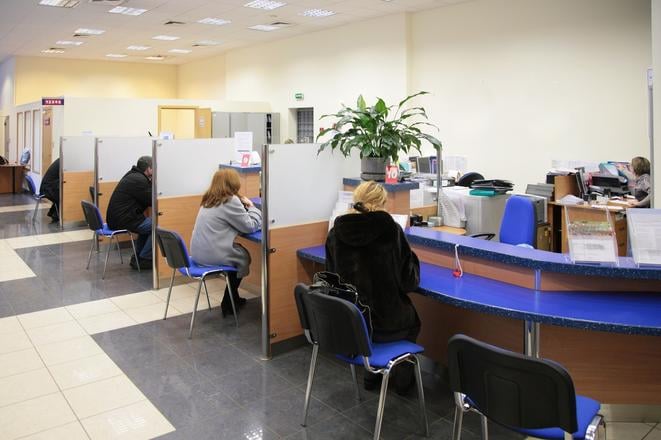As April 1 approaches, the date when the new transaction tax will take effect, uncertainties surrounding this measure are piling up. The law on the transaction tax, which parliament adopted last November, has already undergone two amendments, but not all issues have been fully resolved.
The biggest uncertainties surround the issue of reallocated costs and what qualifies as a taxpayer’s activity conducted in Slovakia.
The Finance Ministry is preparing a guidance note to provide more detailed information on the new obligations, but it is not known when it will publish it.

The Slovak Spectator has compiled a list of the 10 most important things to know about the new tax.
1) What is the rate of the transaction tax, and when will it take effect?
The tax rate is 0.4 percent per online transaction, with a maximum cap of €40. This maximum amount is reached with a transaction of €10,000. If the invoice amount is, for example, €11,000, the tax would still be €40.
Cash withdrawals are also subject to taxation, whether from an ATM or a bank branch. In this case, the tax rate is 0.8 percent with no upper limit. This means that when withdrawing €10,000 from a bank account, the business entity would pay a tax of €80.
Additionally, payment cards are also subject to a fixed annual fee of €2, regardless of the number or volume of transactions made.


 Some banks do not require a personal visit to launch the business account. (source: Adobe Stock )
Some banks do not require a personal visit to launch the business account. (source: Adobe Stock )